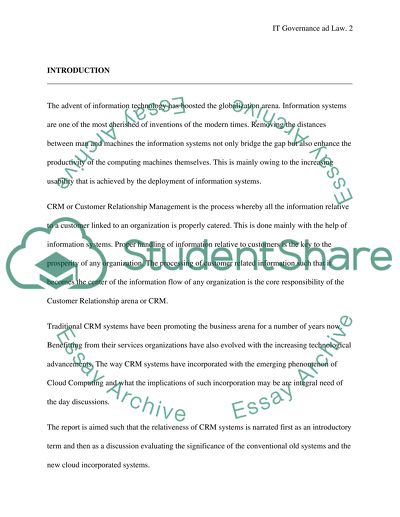Cite this document
(“IT Governance and Law Essay Example | Topics and Well Written Essays - 3000 words”, n.d.)
IT Governance and Law Essay Example | Topics and Well Written Essays - 3000 words. Retrieved from https://studentshare.org/information-technology/1400791-it-governance-and-law
IT Governance and Law Essay Example | Topics and Well Written Essays - 3000 words. Retrieved from https://studentshare.org/information-technology/1400791-it-governance-and-law
(IT Governance and Law Essay Example | Topics and Well Written Essays - 3000 Words)
IT Governance and Law Essay Example | Topics and Well Written Essays - 3000 Words. https://studentshare.org/information-technology/1400791-it-governance-and-law.
IT Governance and Law Essay Example | Topics and Well Written Essays - 3000 Words. https://studentshare.org/information-technology/1400791-it-governance-and-law.
“IT Governance and Law Essay Example | Topics and Well Written Essays - 3000 Words”, n.d. https://studentshare.org/information-technology/1400791-it-governance-and-law.


